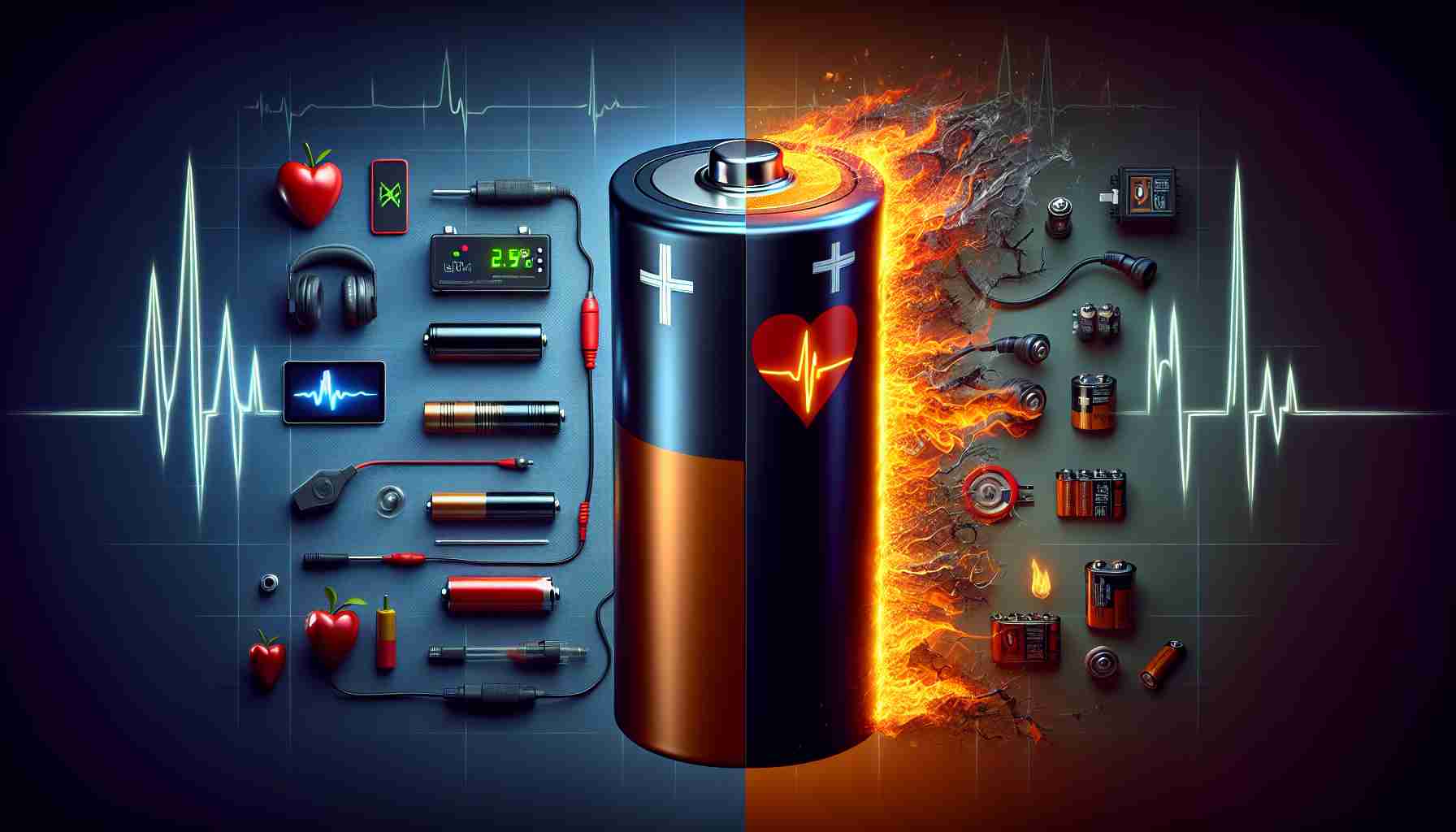Batteries, small powerhouses of energy, can have two drastically different effects on the human body. While the ingestion or insertion of batteries into the wrong places can lead to serious injury and even death, implantable devices powered by batteries bring hope and improved quality of life to millions around the world.
Button batteries, in particular, have become notorious for their attraction to children. These small, round, and shiny objects are often mistaken for sweets and can cause severe harm when swallowed. Ingested batteries can become lodged in the narrow esophagus, causing damage and corrosion due to the alkaline substance they produce. The longer they remain stuck, the greater the risk of burns and tissue erosion, even to vital structures such as the aorta and bronchus. Similarly, inserting batteries into the nasal cavity can result in burning, bleeding, and tissue damage.
On the other hand, batteries play a crucial role in life-saving devices like pacemakers and cardioverter defibrillators. These implantable devices rely on advanced lithium-based batteries to regulate heart rhythms and prevent sudden cardiac arrest. With the development of self-charging pacemakers, which convert the energy of the heartbeat into stored power, future advancements in cardiac care are on the horizon.
Implantable devices have come a long way since the first installation of a pacemaker over 75 years ago. Today, these devices utilize insulated wires and batteries located beneath the skin, minimizing the risk of tissue damage. However, ingestible devices, such as endoscopy pill cameras, use silver-based batteries to avoid potential explosive reactions when passing through the gastrointestinal system.
It is essential to distinguish between battery dangers that arise from ingestion or insertion versus those associated with approved implantable devices. The stringent testing and regulation of battery-powered medical devices prioritize patient safety and long-term functionality. The primary concern with implantable device batteries lies in post-mortem situations, as they have the potential to explode during cremation if not removed beforehand.
In conclusion, batteries can have dual roles in the human body – they can be dangerous when misused, but life-saving when appropriately integrated into medical devices. By understanding the risks and benefits, we can ensure the safe use of batteries and continue to harness their power for improving lives around the world.
FAQ:
1. What are button batteries?
Button batteries are small, round, and shiny objects often mistaken for sweets. They are notorious for their attraction to children but can cause severe harm when swallowed.
2. What are the dangers of ingesting batteries?
When batteries are swallowed, they can become lodged in the narrow esophagus, causing damage and corrosion due to the alkaline substance they produce. The longer they remain stuck, the greater the risk of burns and tissue erosion, even to vital structures such as the aorta and bronchus.
3. What are the dangers of inserting batteries into the nasal cavity?
Inserting batteries into the nasal cavity can result in burning, bleeding, and tissue damage.
4. What are the benefits of batteries in implantable devices?
Batteries play a crucial role in life-saving devices like pacemakers and cardioverter defibrillators. They help regulate heart rhythms and prevent sudden cardiac arrest.
5. How have implantable devices evolved over time?
Implantable devices, such as pacemakers, have come a long way since their first installation over 75 years ago. Today, these devices utilize insulated wires and batteries located beneath the skin to minimize the risk of tissue damage.
6. What type of batteries do ingestible devices use?
Ingestible devices, like endoscopy pill cameras, use silver-based batteries to avoid potential explosive reactions when passing through the gastrointestinal system.
7. What are the primary concerns with implantable device batteries?
The primary concern with implantable device batteries lies in post-mortem situations, as they have the potential to explode during cremation if not removed beforehand.
Key Terms/Jargon:
– Button batteries: Small, round, and shiny batteries often mistaken for sweets, notorious for their attraction to children.
– Implantable devices: Medical devices that are placed inside the body, such as pacemakers and defibrillators.
– Endoscopy pill cameras: Ingestible devices used for medical imaging in the gastrointestinal system.
– Self-charging pacemakers: Pacemakers that convert the energy of the heartbeat into stored power.
Related Links:
– American Heart Association
– FDA – Medical Devices
– Understanding Implantable Medical Devices
The source of the article is from the blog revistatenerife.com
